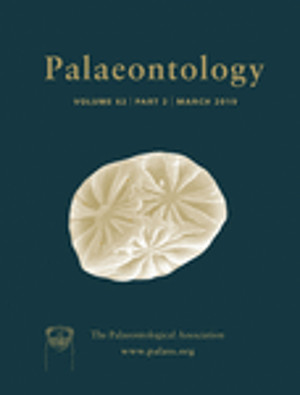Reg. Charity No. 1168330

Ichthyosaurians (Ichthyosauria) are a major clade of secondarily aquatic marine tetrapods that occupied several major predatory niches during the Mesozoic Era. Multiple lines of evidence including isotopic, body shape and swimming modality analyses suggest they exhibited elevated growth and metabolic rates, and body temperatures. However, applications of osteohistological methods to test hypotheses regarding their physiology are few. Previous studies focused on the humeri, vertebrae and ribs from a small number of taxa. Here, we use osteohistological methods to describe the bone microstructure of over 30 cranial and post‐cranial elements from a nearly complete, articulated individual of Stenopterygius quadriscissus from the Posidonienschiefer Formation (Posidonia Shale, Lower Jurassic) of Germany. The specimen shows highly vascularized primary bone and spongious secondary bone in its limbs, suggesting an overall shift to a lighter spongious‐structured skeleton was achieved through multiple developmental mechanisms. The modified perichondral ossification in elements of the limbs distal to the stylopodium informs our understanding of functional morphology, including hydrodynamic forces on the paddles. The ribs show variation in cortical thickness and trabecular organization along their length. Cyclical growth is inferred from changes in vascularization and osteocyte density as well as the presence of annuli in primary fibrolamellar bone. Cranial elements, due to their relative density and better preservation of growth marks, may prove to be of particular importance in future skeletochronological studies of post‐Triassic ichthyosaurians. We infer and corroborate hypotheses of elevated growth rates and metabolic rates in ichthyosaurians, and the potential for thermoregulation similar to extant homeothermic ectotherms.